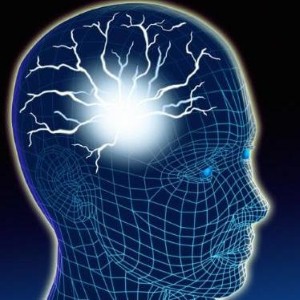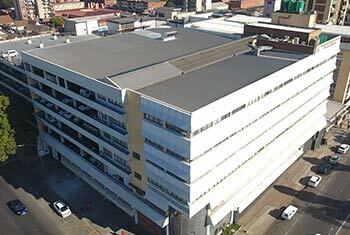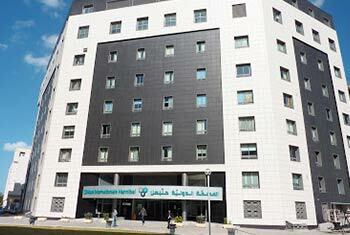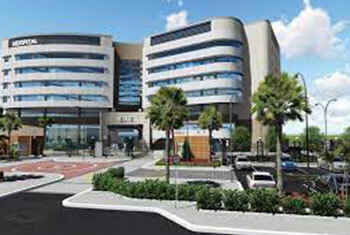Epilepsy Treatment Details
Epilepsy is a neurological disorder, where your brain causes seizure, a seizure is an abnormal electrical activity in the brain which imbalances the neurological activities and affect the brain to function properly.
There are various ways to treat epilepsy, the most common approach is to use medication to control the problem, if the problem persists and the frequency of seizures increase then surgery is advised to the affected individual. Epilepsy surgery is done to remove the tissue from your brain where the seizure originate.







